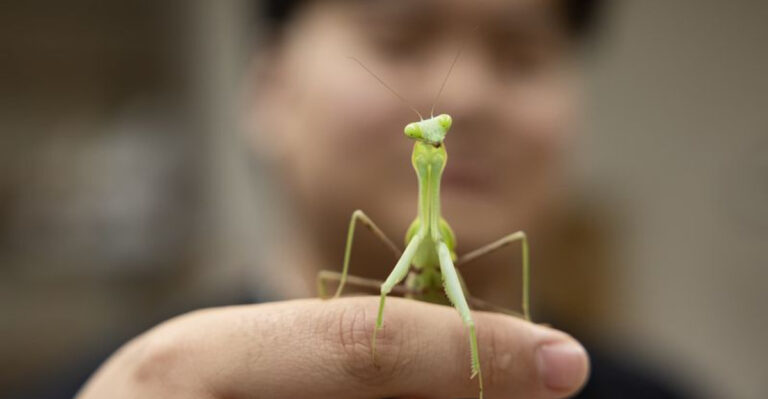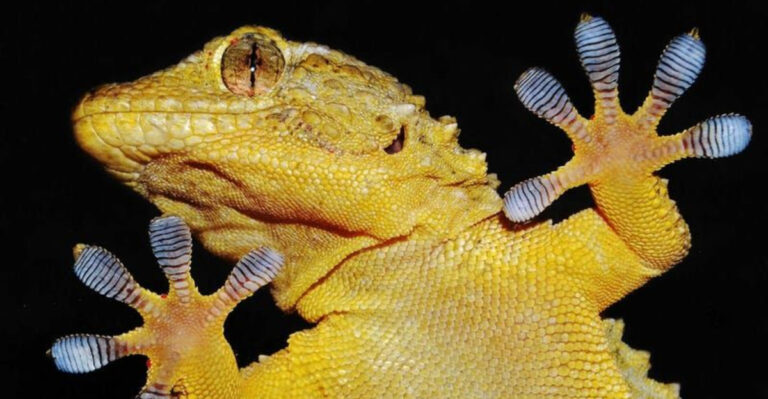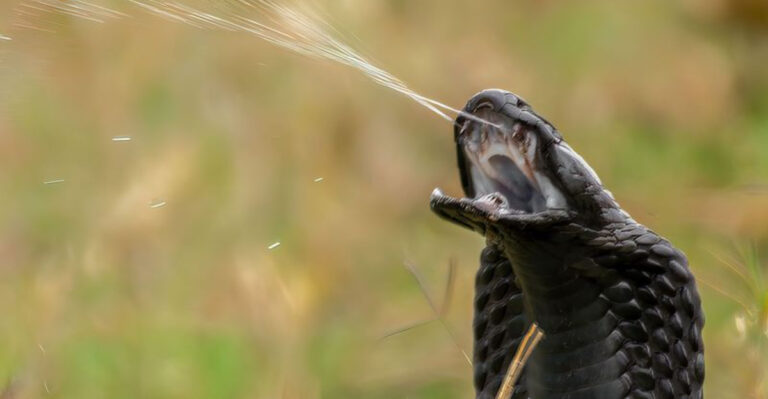Stunning Amber Discovery Unveils ‘Last Of Us’-Style Fungus From Dinosaur Era
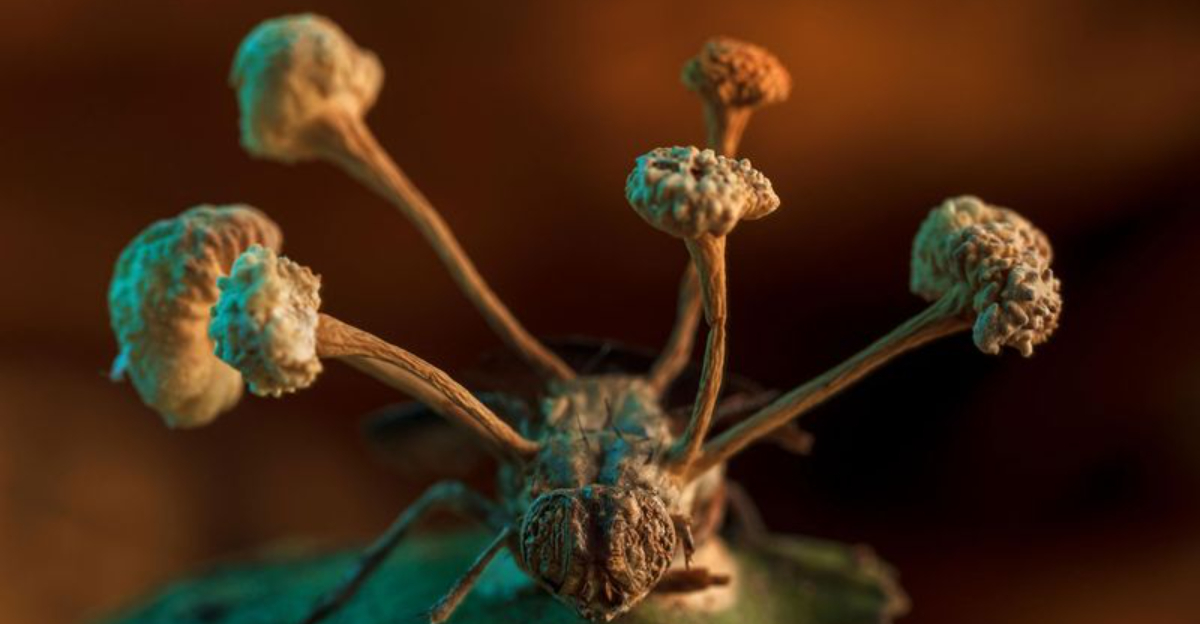
Scientists recently made an incredible discovery in amber dating back to the dinosaur era – a parasitic fungus similar to the one featured in the video game ‘The Last of Us.’
This 50-million-year-old fossil reveals a fungus that could control insects, much like its modern relatives. The finding gives us a rare glimpse into ancient parasitic relationships that have existed since dinosaurs walked the Earth.
The Discovery Of The ‘Last Of Us’-Style Fungus In Ancient Amber
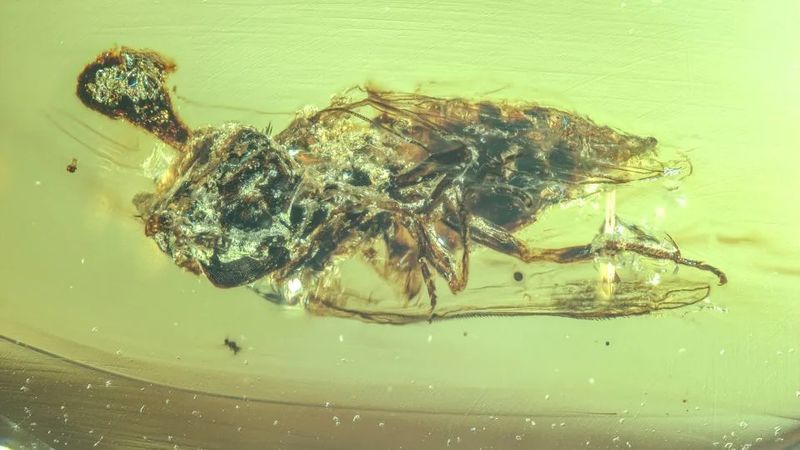
Locked inside a golden time capsule, this parasitic fungus remained hidden for millions of years until researchers spotted it in a piece of Baltic amber. The specimen shows a fungus attached to an ancient ant, preserving a deadly encounter frozen in time.
Scientists were amazed by the remarkable preservation that allowed them to identify it as an Ophiocordyceps species – the same genus as modern ‘zombie fungi.’
How The Fungus Manipulated Insect Behavior During The Dinosaur Era
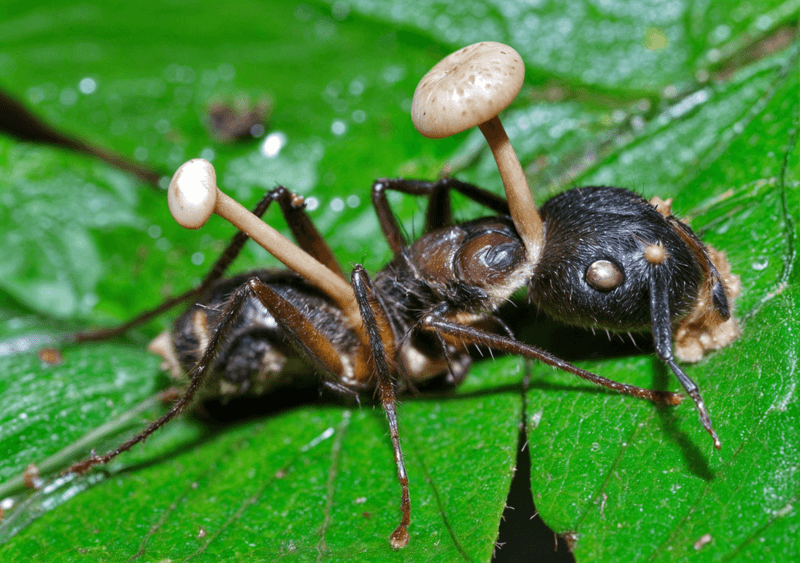
Microscopic examination revealed telltale signs that this ancient fungus hijacked its host’s nervous system. Just like in the popular video game, the fungus likely forced insects to climb to elevated positions before killing them – a perfect strategy for spreading spores.
This mind control mechanism hasn’t changed much in 50 million years, showing how effective this evolutionary strategy has been throughout time.
The Role Of Ophiocordyceps Fungi In Ancient Ecosystems
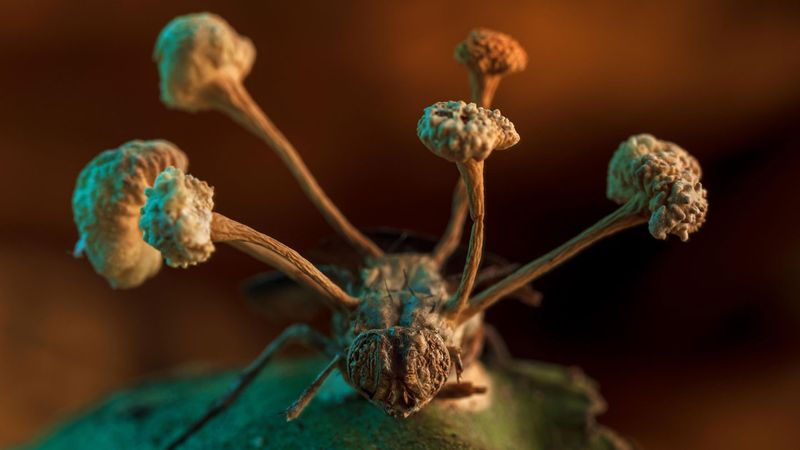
Beyond the horror-movie aspects, these fungi played a crucial role in maintaining healthy insect populations. By targeting specific species, they prevented any single insect from dominating the ecosystem.
The amber discovery suggests these natural population controls have been functioning for at least 50 million years. Forest ecosystems during the dinosaur era likely depended on these parasitic relationships to maintain their delicate balance.
What This Amber Fossil Tells Us About Parasitic Relationships
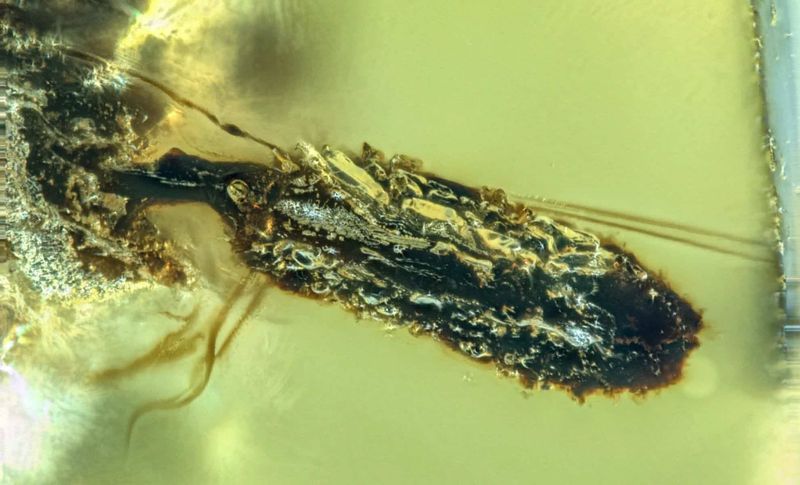
Nature’s arms race between host and parasite appears remarkably stable over evolutionary time. The amber specimen shows the same infection patterns seen today, suggesting this relationship reached an evolutionary standoff millions of years ago.
Scientists can now trace the coevolution of insects and their parasites through deep time. This single fossil provides a window into ancient biological warfare that shaped both organisms.
Unveiling The Evolution Of Zombie Fungi Through Fossils
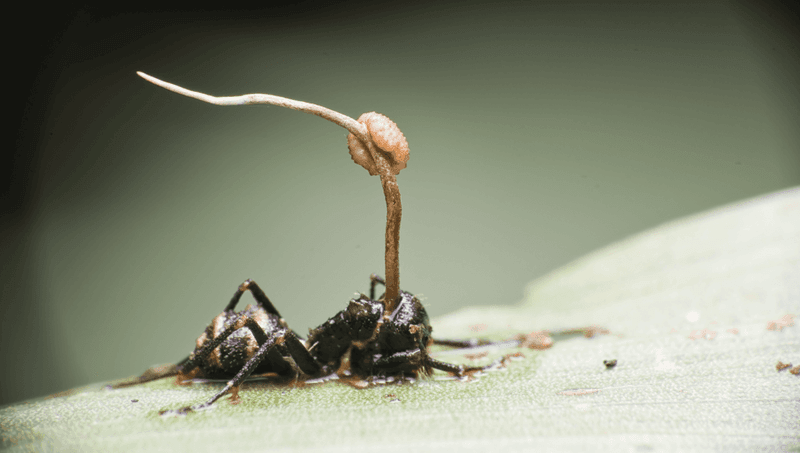
Forget dinosaur bones – this tiny amber fossil revolutionizes our understanding of fungal evolution! Before this discovery, scientists had limited evidence of how these specialized parasites developed their unique abilities.
The specimen reveals that the basic structure and infection strategy of zombie fungi was already perfected during the age of dinosaurs. This remarkable evolutionary consistency challenges the notion that parasites constantly evolve new strategies.
The Fascinating Connection Between The Fungus And The Last Of Us
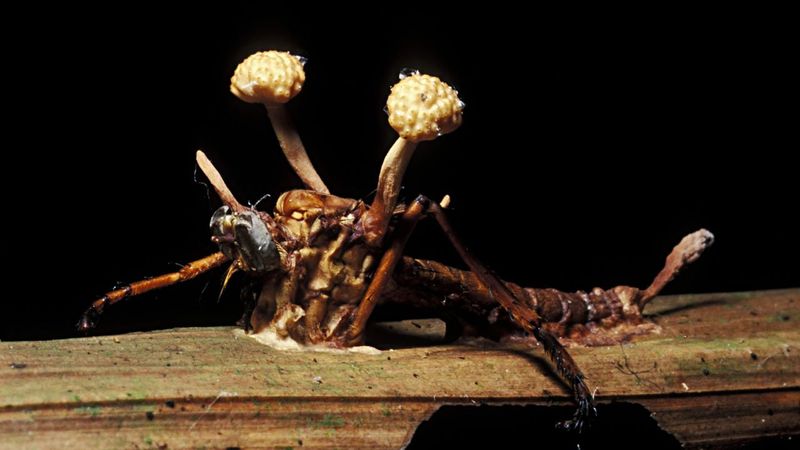
Art imitates life in the popular video game and TV series ‘The Last of Us,’ where a mutated Cordyceps fungus infects humans. The amber discovery proves these fungi have been perfecting their zombie-making abilities for millions of years.
Game creators drew direct inspiration from real-world zombie fungi, though thankfully, the actual organisms can’t infect humans. This ancient fossil shows how deeply rooted these parasites are in Earth’s history.
How The Parasitic Fungus Preserved In Amber Challenges Our Understanding
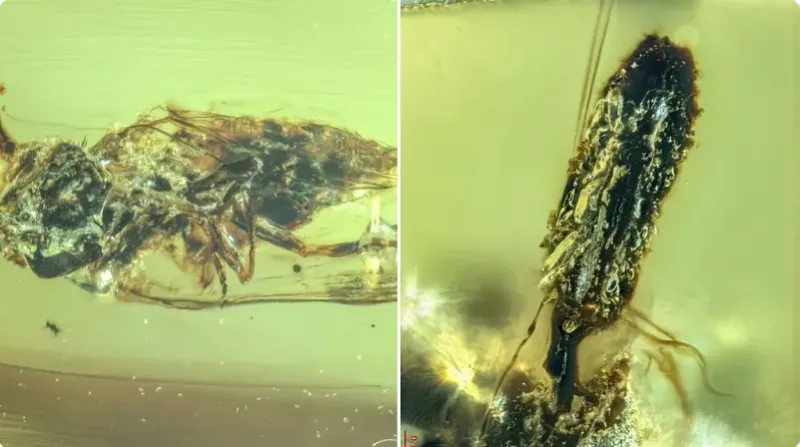
Previously, scientists believed these specialized fungi evolved relatively recently. The amber discovery shatters this timeline, pushing their origin back tens of millions of years earlier than expected.
Even more surprising, the ancient specimen shows nearly identical structures to modern varieties. This extraordinary evolutionary stasis suggests these fungi found their perfect strategy early and stuck with it – challenging conventional wisdom about parasite evolution.
The Significance Of Fossilized Insects In Understanding Ancient Parasitism
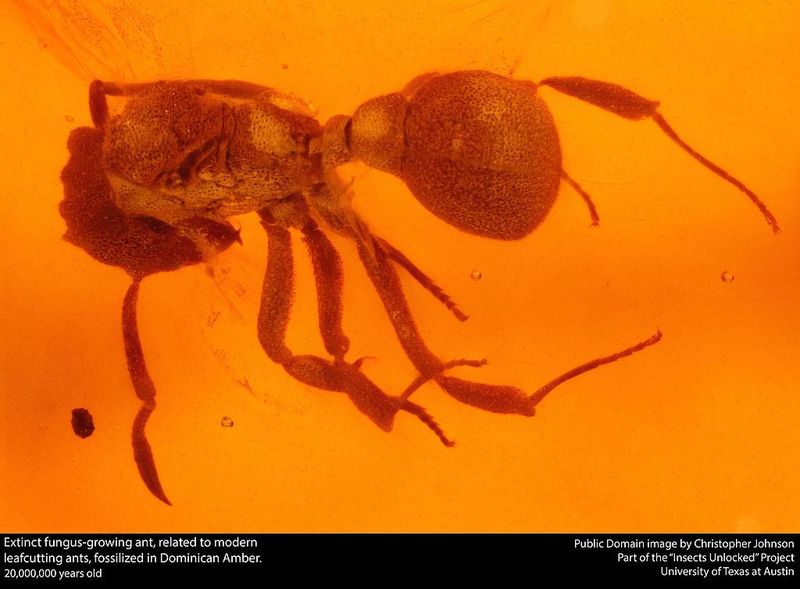
Amber fossils capture moments frozen in time, including deadly parasitic attacks in progress. This particular specimen shows the exact moment of fungal takeover, preserving delicate fungal structures that would normally decompose.
Without amber preservation, scientists would have almost no evidence of ancient fungal parasites. Each amber-trapped insect offers a potential snapshot of prehistoric parasitic relationships that shaped insect evolution for millions of years.
What The Discovery Of This Fungus Means For Modern Parasitic Fungi Studies
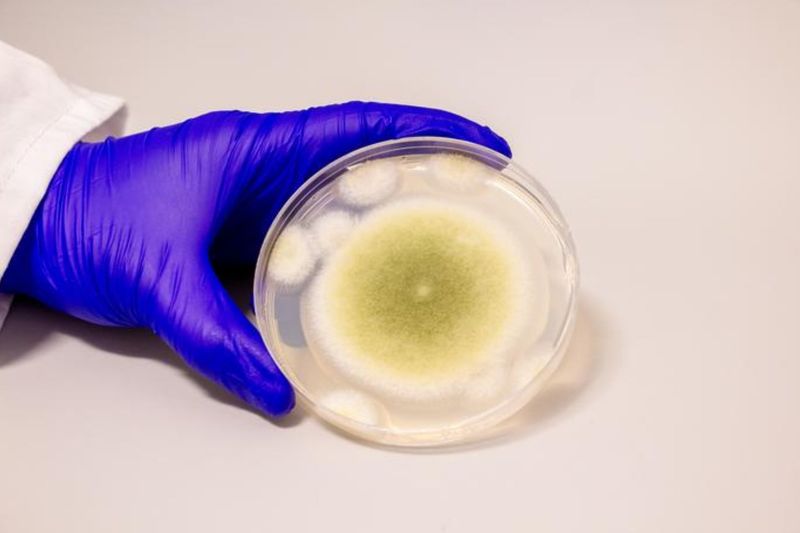
Modern researchers studying these fungi now have an evolutionary anchor point from millions of years ago. By comparing today’s zombie fungi with their ancient relatives, scientists can identify which features are essential to their success.
This fossil also provides clues about which environmental factors might influence these parasites. Understanding their ancient history helps predict how climate change might affect modern fungal pathogens that threaten important insect populations.
Insights Into Ancient Ecosystems And The Life Of Insects From The Cretaceous Period
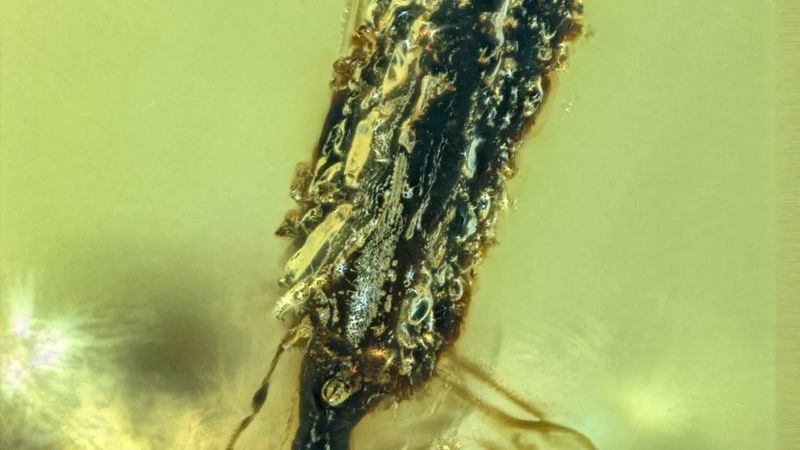
Beyond the fungus itself, this amber specimen preserves evidence of ancient forest ecosystems. Tiny pollen grains and plant materials trapped alongside the infected insect paint a picture of prehistoric environments.
The presence of this specialized parasite suggests a complex, stable ecosystem existed at that time. Just like today’s rainforests support countless specialized relationships, Cretaceous forests harbored intricate webs of parasites and hosts that maintained biodiversity.

